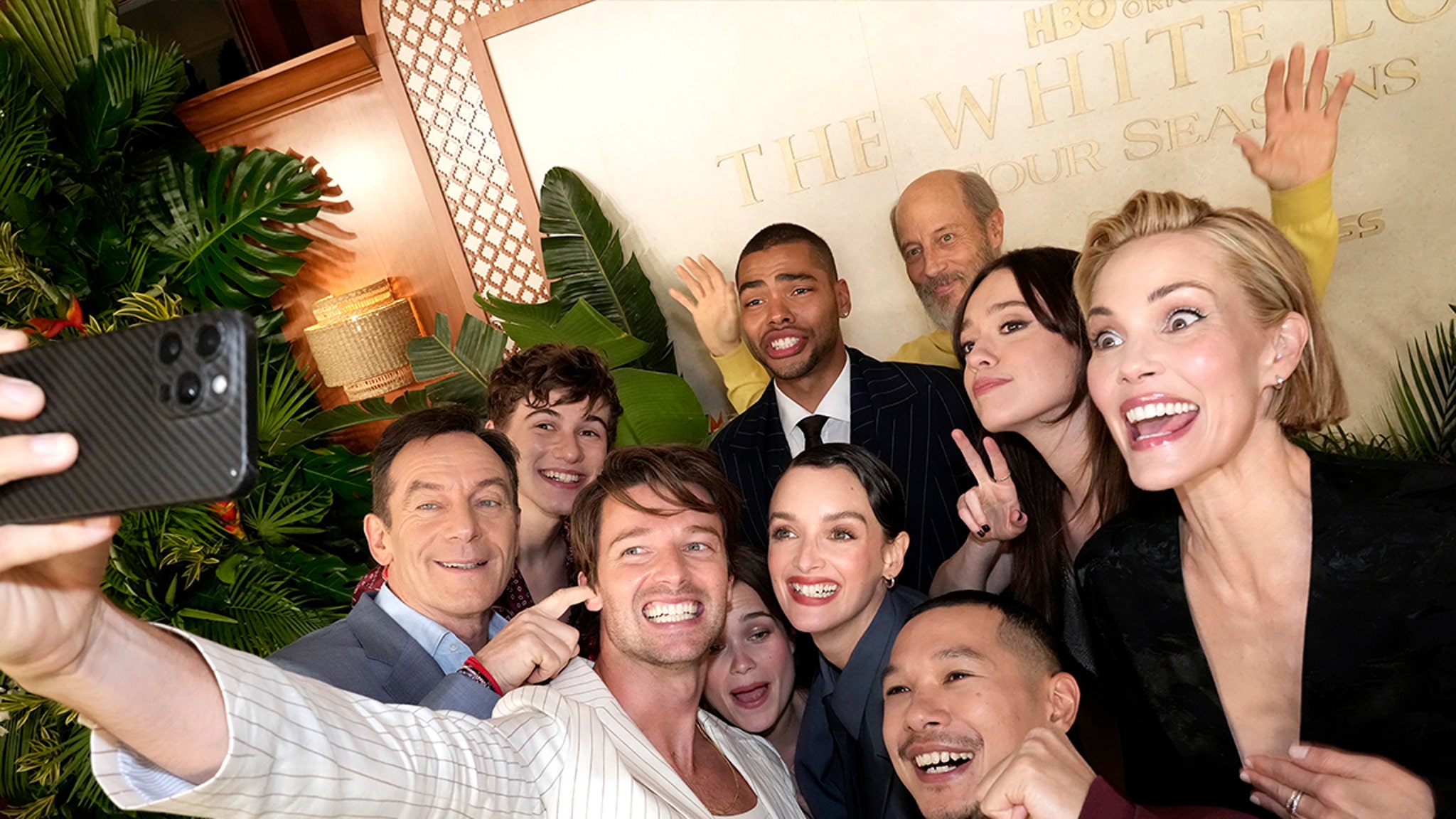Fashion
Forget the Rumor Mill. Dior Had Some Really Great Clothes.

Oh, the drama of it all.
At the Dior men’s wear show on Friday afternoon, models trooped down a celestial flight of stairs, trotted around the perimeter and then descended another flight of stairs, disappearing out of view. They arrived from heaven and departed into, if not the netherworld, at least the great unknown.
Was this some grand metaphor about the realities of being a fashion designer in today’s age? Especially one at LVMH, the world’s largest luxury group, which owns Dior?
Perhaps it was.
For context: The future of Kim Jones, the Dior Men’s artistic director, has been the subject of endless (and I mean endless) rumors for months, if not years. “Do you think this is his last show?” was the great question passed from reporter to reporter in the front row.
If the apostles of the fashion world went looking for allusive symbols in this show, they could certainly find them. The soundtrack was a song from “McQueen,” the 2018 documentary about Alexander McQueen, a fellow British designer who died by suicide, and who some in the industry cite as a cautionary tale about its demands on designers.
The show’s first model, and a few others arriving later, had ribbons tied over their eyes, as if to say, “Here I am, blocking out the world.” And when Mr. Jones took his bow at the finale, he walked over to embrace Delphine Arnault, the Dior chief executive and daughter of the LVMH chief Bernard Arnault, for all to see.
These acts could mean everything or, of course, nothing at all. LVMH has either denied or not answered the rumors.
As for Mr. Jones, during a preview the day before the show, his focus was on the garments. He wanted to send, he said, “a really clean message.”
A clean message about the clothes, that is. This was Mr. Jones’s Dior at its most dashingly distilled. Models arrived on those ethereal steps in bonded leather jackets, not a crease on them; hourglass-shaped sport coats with shoulders that were as sharp as a guillotine blade; vast trousers with the flounce and bop of a couture gown; and just the perfect ribbed gray sweater. It’s what this reporter would buy if he got lucky one day and won the Mega Millions. Like an Agnes Martin canvas, these are garments whose essentialism is what makes them so arresting.
“Everything is really about the structure,” said Mr. Jones, who has been at Dior for nearly seven years. Hours after the show, he received the Légion d’Honneur, the highest French order of merit. (Other non-French fashion designers who have received the award are a royal bunch — Karl Lagerfeld, Ralph Lauren and Giorgio Armani, among them).
This Dior collection was sparser on bags and shoes, those brisk-selling tack-ons that designers can get carried away with, festooning them to models like ornaments on a Christmas tree.
“There’s enough of that on the market,” Mr. Jones said. “I’ve just done really pure Dior.”
As a whole, this collection was a throat-clearing “ahem” from Mr. Jones. For all the rumors that swirl around him, for all the times that fashion has come to feel distractingly like sports — with social media burblings about what star is being traded to where, who is up and who is down — it is a reminder that when it comes to the actual clothes, he is a master of line and form.




























